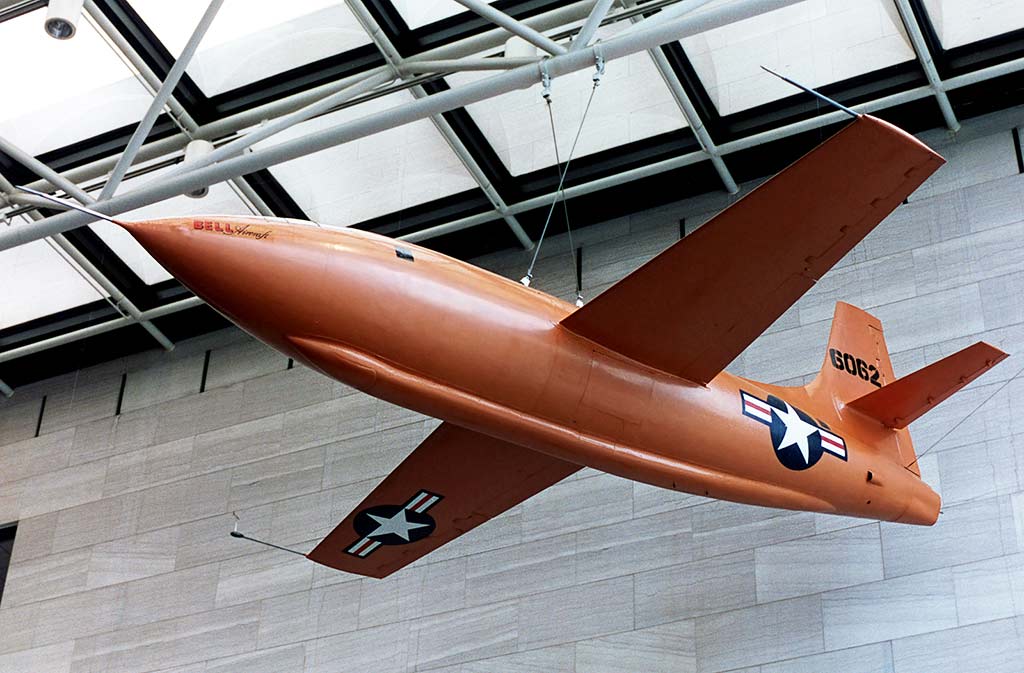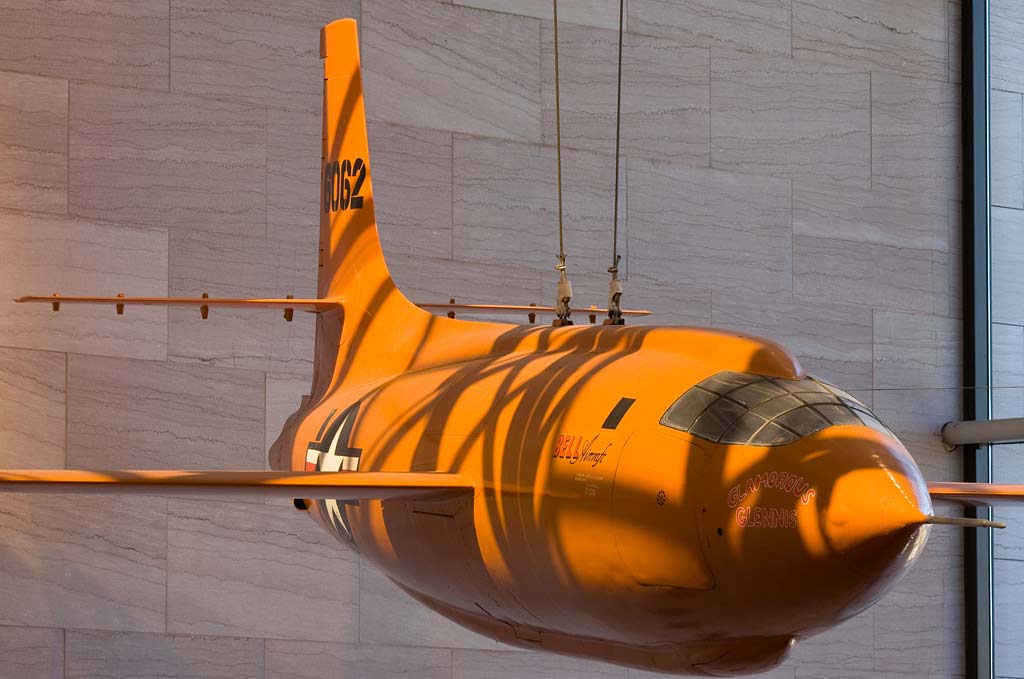The Bell X-1, history’s first supersonic aircraft, broke the sound barrier, paving the way for advanced aeronautical research.
The Bell X-1 was a groundbreaking experimental aircraft, renowned for being the first to break the sound barrier. This achievement marked a pivotal moment in aeronautical research and set the stage for future advancements in aircraft design and aerodynamics. The Bell X-1 was developed in a period of intense aeronautical innovation, aiming to achieve what was then considered the ultimate flight frontier: surpassing the speed of sound.

History of the Development of the Bell X-1
The development of the Bell X-1 was driven by the quest to overcome the challenges associated with supersonic flight, particularly the sound barrier, which had been a formidable obstacle for high-speed aircraft during World War II and in the early post-war years.
The program was a collaboration between the National Advisory Committee for Aeronautics (NACA), the U.S. Army Air Forces, and Bell Aircraft Corporation. The project, initially designated as XS-1 (Experimental Supersonic), aimed to design an aircraft capable of breaking the sound barrier in level flight.
The X-1 program was officially launched in the mid-1940s. The aircraft’s first powered flight took place on December 9, 1946, with subsequent test flights gradually pushing it closer to the sound barrier. On October 14, 1947, piloted by Chuck Yeager, the X-1 achieved its historic supersonic flight, reaching a speed of Mach 1.06 (approximately 700 mph at that altitude).
The Bell X-1 did not have a NATO nickname as it was an experimental aircraft and not part of any operational military fleet.
Design of the Bell X-1
The Bell X-1’s design was revolutionary for its time. It was heavily influenced by the shape of a .50 caliber bullet, known to be stable at supersonic speeds. The aircraft was relatively small, with a length of 30 feet 11 inches (9.4 meters) and a wingspan of 28 feet (8.5 meters).
It was powered by a Reaction Motors XLR-11 rocket engine, which produced 6,000 pounds of thrust. The X-1 was constructed from conventional aluminum but featured several innovative design elements, including a pressurized cockpit and thin, straight wings.
One of the main drawbacks of the X-1 was its limited fuel capacity, which restricted flight duration. Additionally, as an experimental aircraft, it lacked operational practicality for regular flight but was essential for research purposes.
Performance of the Bell X-1
In terms of performance, the Bell X-1 was a monumental achievement. It successfully reached a speed of Mach 1.06, breaking the sound barrier. The aircraft demonstrated excellent performance at high altitudes, reaching a maximum altitude of 71,902 feet (21,916 meters) in later flights.
When compared to contemporary aircraft, the X-1 was in a class of its own as an experimental platform. Its primary purpose was to gather data and insights on supersonic flight, rather than to serve as an operational aircraft.

Military Use and Combat of the Bell X-1
The Bell X-1 was not designed for military use or combat; it was purely an experimental aircraft. Its purpose was to explore the realms of high-speed flight, providing invaluable data that would inform the design of future combat and commercial aircraft.
The X-1’s flights were crucial in advancing understanding of aerodynamics at transonic and supersonic speeds, directly impacting the development of later high-speed military aircraft, such as fighter jets and bombers.
The Bell X-1 was never sold to other countries nor used in any conflict. Its legacy lies in its contribution to aeronautical science and its influence on subsequent aircraft designs across the globe.
The Bell X-1 represents a monumental achievement in the history of aviation. As the first aircraft to break the sound barrier, it not only achieved a historic milestone but also paved the way for future innovations in aircraft design and performance. The X-1’s legacy endures as a testament to human ingenuity and the relentless pursuit of pushing the boundaries of what is possible in aviation.
Back to the experimental aircraft section.